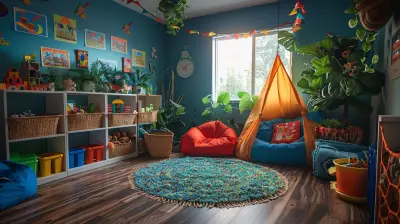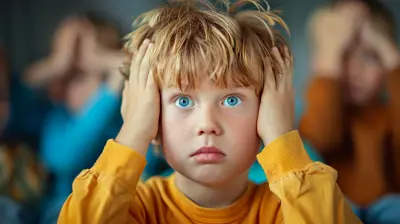Fun and Creative Ways to Teach Preschoolers About Colors
16 September 2025
Let’s be real—teaching preschoolers anything can feel like trying to herd a group of overly enthusiastic puppies hopped up on sugar. They're curious, energetic, and have the attention span of, well... preschoolers. But when it comes to teaching them about colors, you don't need a Ph.D. or a Pinterest-perfect classroom. You just need some creativity, a splash of fun, and a willingness to get messy.
Color recognition is one of those foundational skills every child needs. It’s not just about knowing red from blue—it’s about developing visual perception, language, comparison skills, and even emotional awareness. The best part? You can teach colors without ever using a worksheet. Yep, I said it.
So if you’re ready to ditch the flashcards and make learning colors a joyful (and slightly chaotic) adventure, you’re in the right place. Buckle up, because we’re diving into some bold, off-the-beaten-path strategies that work.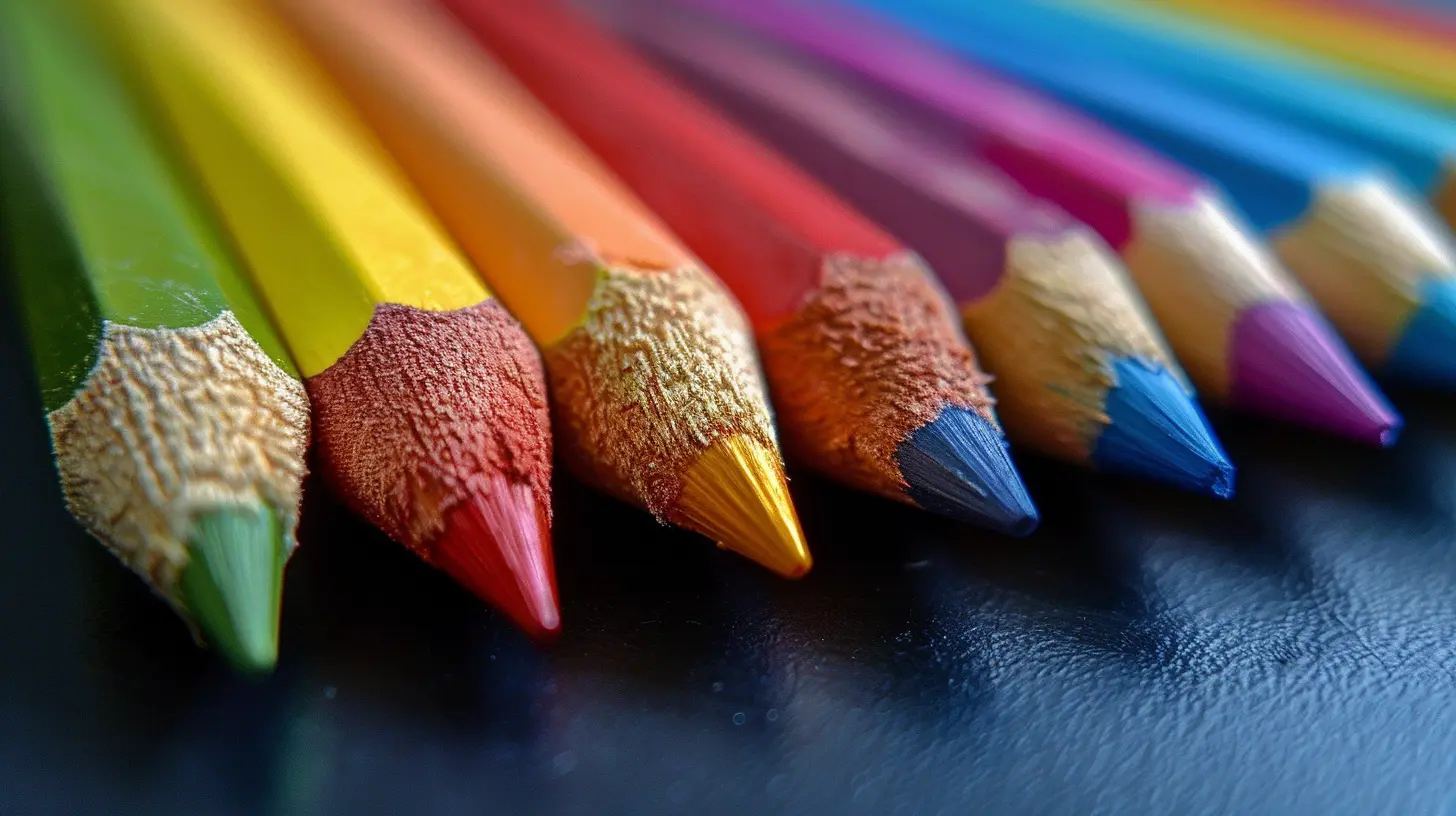
Why Learning Colors Matters (More Than You Think)
Before we get into the juicy activities, let’s talk about why teaching colors is a big deal for little brains.Colors are literally everywhere. From the moment kids wake up to when they crash out at night, they see, touch, and respond to colorful objects. So when toddlers start identifying colors, they’re also building language, cognitive, and even emotional skills.
Think about it–what's the difference between a "green frog" and just a "frog"? That one word adds a world of context. It helps kids communicate better, observe the world more accurately, and even process feelings (hello, red = angry, blue = sad).
Okay, now that we’ve sold you on it, let’s talk about how to actually do it without boring your kid—or yourself—out of your mind.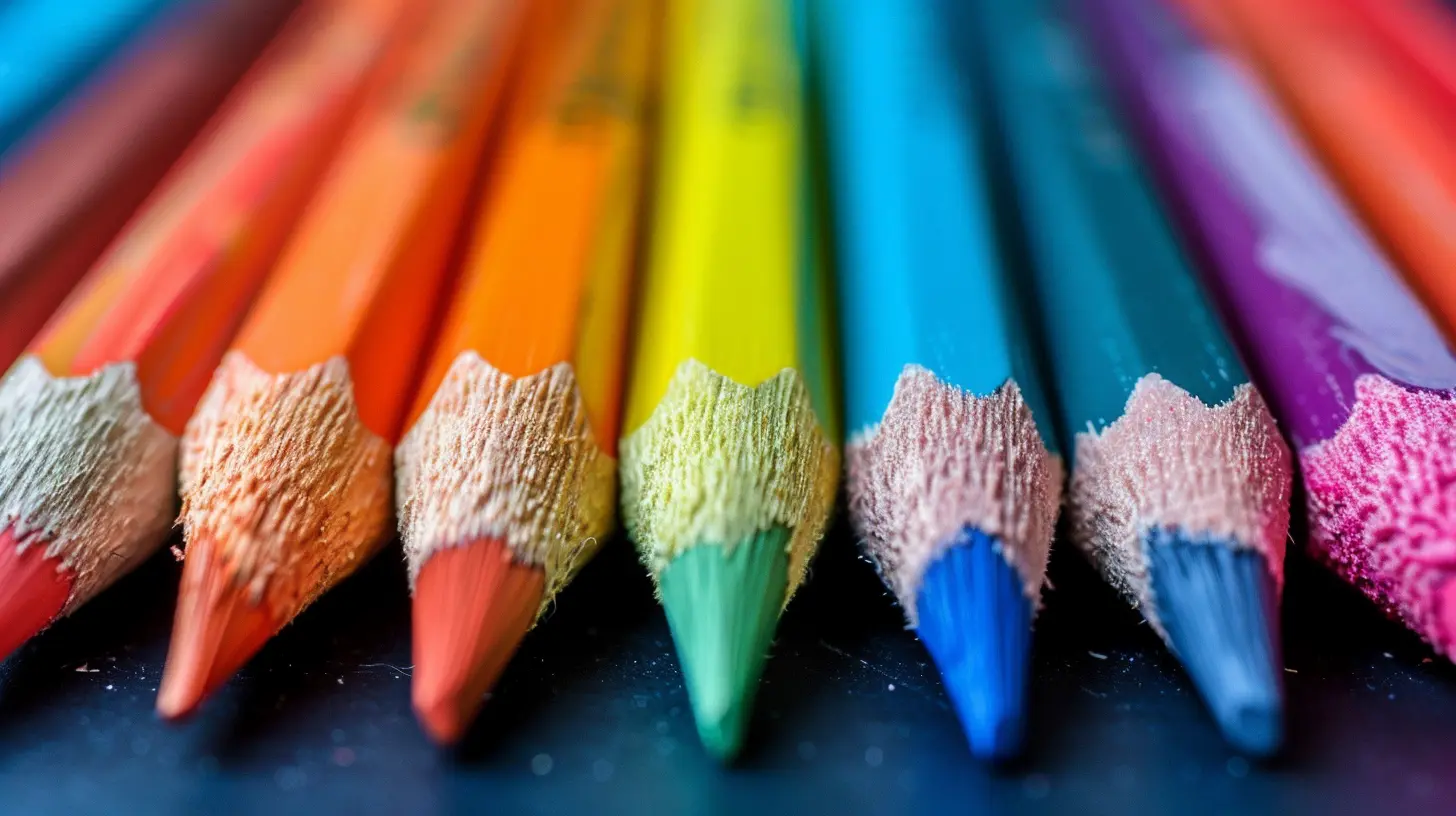
1. Color Scavenger Hunts (Because Who Doesn’t Love a Good Hunt?)
You don’t need a classroom filled with expensive materials. Your home—or even your backyard—is a goldmine of color learning opportunities.How to Do It:
- Pick a color (say, green), and tell your kid, “Let’s find everything green!”- Let them run around the house, pointing out or collecting green toys, crayons, socks, or even cereal boxes.
- Make it more fun by setting a timer or turning it into a friendly competition.
💡Pro Tip: Use this same concept at the park, grocery store, or during a walk. Nature is bursting with colors!
Why It Works:
Kids learn best by moving. A scavenger hunt activates their bodies and brains at the same time—and they'll be naming colors before you can say “rainbow”.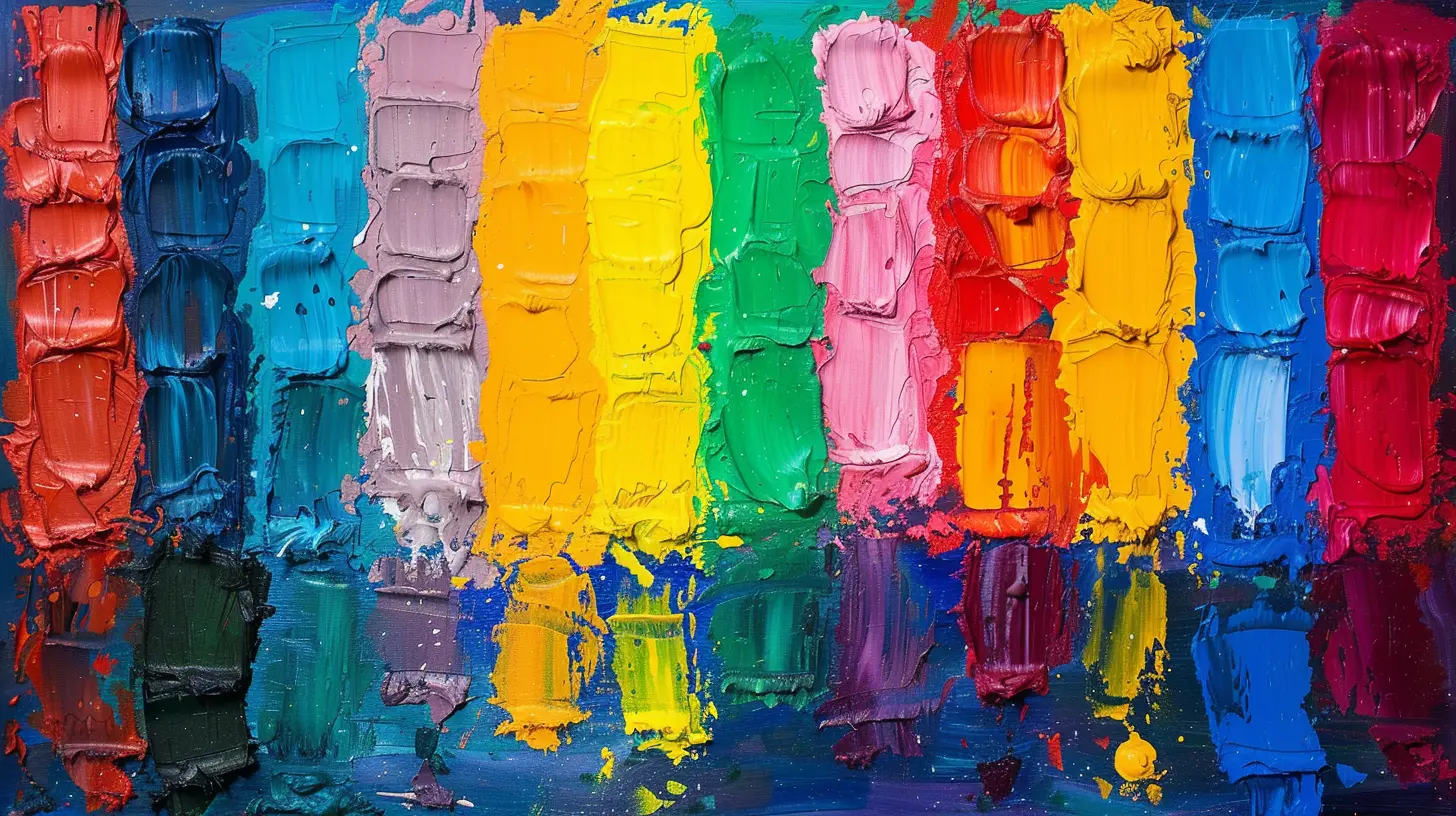
2. Sensory Bins for Color Sorting (AKA Organized Chaos)
Let’s be honest—preschoolers love making a mess. Use that to your advantage with a sensory bin, which is just a fancy name for a big container filled with stuff your kid can dig through.Setup:
- Fill a bin with colorful objects: pom-poms, buttons, beads, foam shapes, or even cereal like Froot Loops.- Give your child color-coded cups or bowls and ask them to sort items by color.
🎨 Want to add flair? Use colored rice or pasta to make the bin extra irresistible.
Why It Works:
The tactile experience locks in memory. It’s like the brain gets a double dose—seeing the color and touching it, which means the lesson sticks.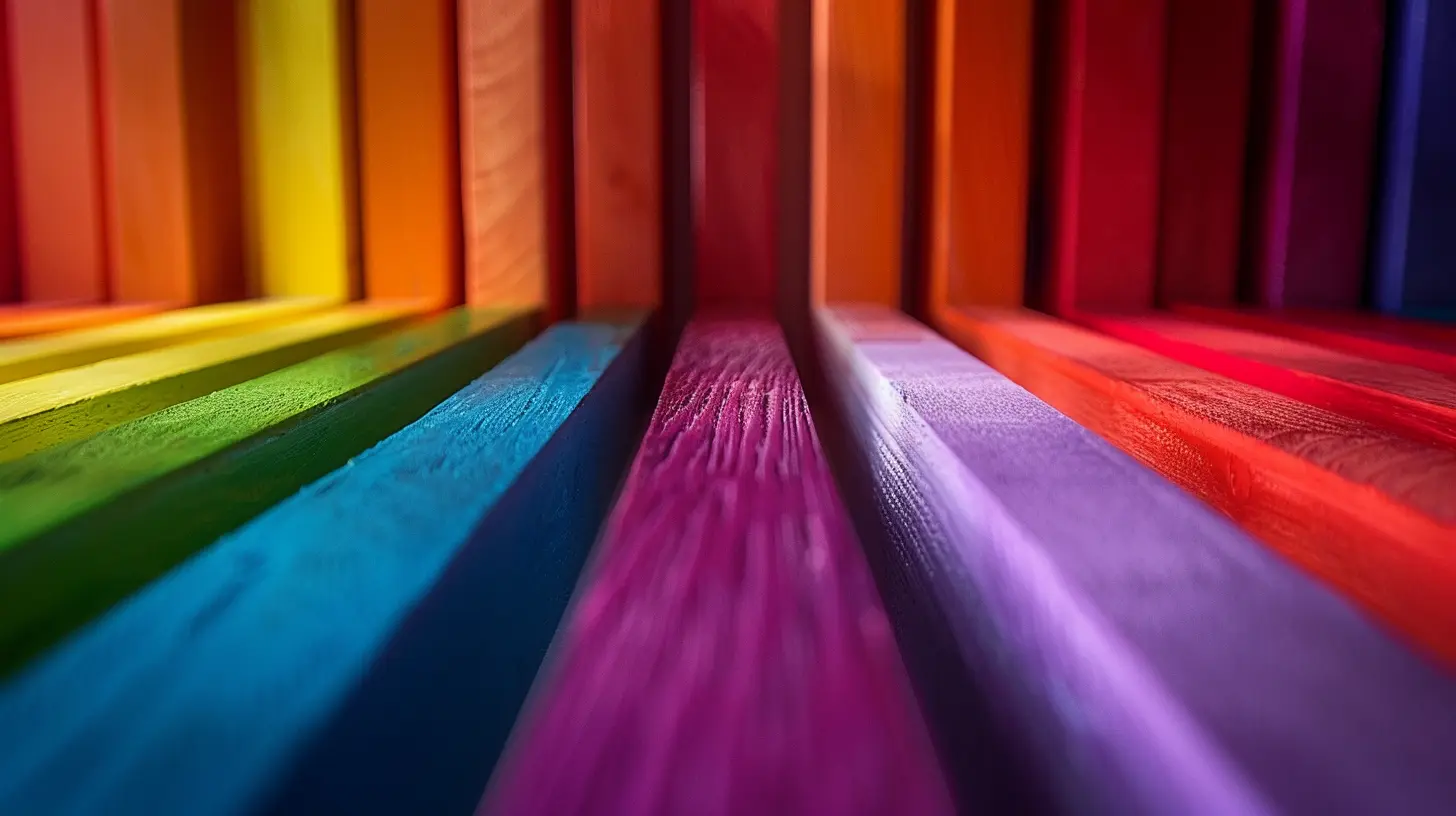
3. Messy Art Time (Unleash the Tiny Picasso)
If you’re not afraid of a little paint on the walls—or your face—art is a powerful (and fun!) way to teach colors.Activity Ideas:
- Give your child only primary colors and let them mix them to discover new ones.- Have “Color of the Day” painting sessions where everything is themed in that one color.
- Use finger painting, sponge painting, or even paint with cars or toy animals.
🖌️ Don't have paint? No problem. Use sidewalk chalk, markers, or colored water on paper towels. Get scrappy.
Why It Works:
Art is expressive. When kids associate colors with creation, not memorization, they actually care—and get excited about it.4. Color-Themed Snack Time (Yes, Food Counts as an Educational Tool)
Never underestimate the power of snacks. You can teach colors and fill tiny tummies at the same time. Win-win.Snack Ideas:
- Create a red plate: strawberries, red peppers, watermelon, red Jell-O.- Try a rainbow fruit kabob with each color represented.
- Even sorting M&Ms or Skittles before eating can turn into an impromptu lesson.
🍏 Bonus: This is a great way to sneak in healthy food. Tell them green grapes are super color power boosters!
Why It Works:
Engaging more senses boosts learning. When kids see, touch, and taste a color, their brains light up like a Christmas tree.5. Color Songs and Dance Parties (Because Preschoolers Were Born to Boogie)
Music is a guaranteed way to grab a kid’s attention—and keep it. Add colors into the mix, and boom. You’ve got a learning-powered dance party.Try These:
- “I See Something Blue” or “The Color Song” on YouTube.- Make up your own simple color songs (“Red is the firetruck, loud and bright!”).
- Play freeze dance using colored paper on the floor—pause the music and call out a color to stand on.
🎶 Don’t worry if you’re not musically inclined. Your kid doesn’t care if you’re off-key.
Why It Works:
Movement plus music helps with memorization and builds a connection between colors and emotions. Plus, it’s just FUN.6. Dress-Up With a Color Twist
Got a costume drawer? Excellent. If not, even regular clothes will do. The goal? Theme days centered around one color.How To:
- Declare a “Blue Day.” Everyone wears blue clothes.- Choose blue foods, blue toys, and blue books.
- At the end of the day, ask your child what they remember that was blue.
👗 Add some flair with scarves, hats, or accessories for extra sparkle.
Why It Works:
Immersion helps the brain categorize and retain info. Kids also feel a sense of novelty and excitement when their whole world reflects one theme.7. Read Books That Pop With Color
Books are a quiet oasis in the whirlwind of preschool life. And the right ones can sneak in color lessons while making your child giggle or gasp.Book Picks:
- Brown Bear, Brown Bear, What Do You See? by Bill Martin Jr.- Mouse Paint by Ellen Stoll Walsh
- A Color of His Own by Leo Lionni
📚 Want to step it up? Ask questions like, “Can you find something red on this page?” or “What color is the frog?”
Why It Works:
Books build vocabulary and visual tracking skills. Plus, they give you a chance to slow down and really engage.8. DIY Color Games (No Batteries Required)
You don’t need to buy fancy toys. Make your own games that are low cost but high excitement.Game Ideas:
- Color Memory Game: Cut out colored circles and make pairs, then flip them over and play memory match.- Color Hop: Tape different colored paper sheets to the floor and give directions like “Jump on red!” or “Tiptoe to yellow.”
- Color Dice: Create a homemade die with colors instead of numbers. Roll and find something in that color.
🎲 Let your child help make the games—that's a lesson in itself.
Why It Works:
Games engage problem-solving, attention, and memory, making learning a dynamic experience, not a chore.9. Nature Walks With a Color Focus
Sometimes, the best classroom has no walls. Take your lessons outdoors.What To Do:
- Pick a few color swatches or paint chips from a hardware store.- Go outside and try to match them with flowers, leaves, bark, sky—you name it.
- Talk about color shades and tones, like “light green” or “deep blue.”
🌿 Don’t forget to collect treasures like leaves or rocks to use for crafts later!
Why It Works:
Nature provides endless variety. Seeing colors in real-life, unpredictable settings sharpens observational skills.10. Create a Color Wall or Journal
Finally, create a place where all your color adventures come together.How:
- Start a wall chart: every time your child learns a new color, add artwork, photos, or objects in that color.- Or make a simple color journal and add things you’ve collected or drawn.
📒 Let your kid lead. Give them ownership and let them decide what goes into the “blue page” or “purple wall.”
Why It Works:
Revisiting and displaying learning helps with recall and builds pride in progress.Final Thoughts: Make It Playful, Make It Stick
Teaching colors doesn’t have to come from a rigid curriculum or a scripted lesson plan. It comes from real life—play, laughter, snacks, and maybe a little glitter (okay, a lot of glitter). Keep things light, stay present, and follow your child's lead. If they're having fun, you’re doing it right.Remember, the moment it stops being fun is the moment they stop learning. So shake things up, get a little silly, and turn every day into a rainbow of possibilities.
all images in this post were generated using AI tools
Category:
Parenting PreschoolAuthor:

Maya Underwood
Discussion
rate this article
1 comments
Benjamin Navarro
Forget traditional methods! Embrace messy play, everyday objects, and outdoor adventures to ignite your preschooler's passion for colors. Learning should be fun!
September 26, 2025 at 3:00 AM

Maya Underwood
Absolutely! Embracing hands-on experiences like messy play and outdoor exploration not only makes learning colors enjoyable but also fosters creativity and curiosity in preschoolers.
